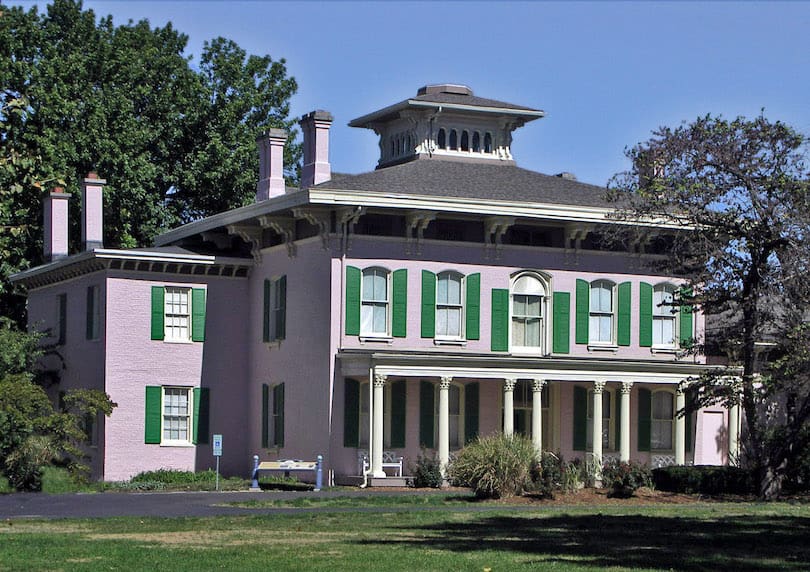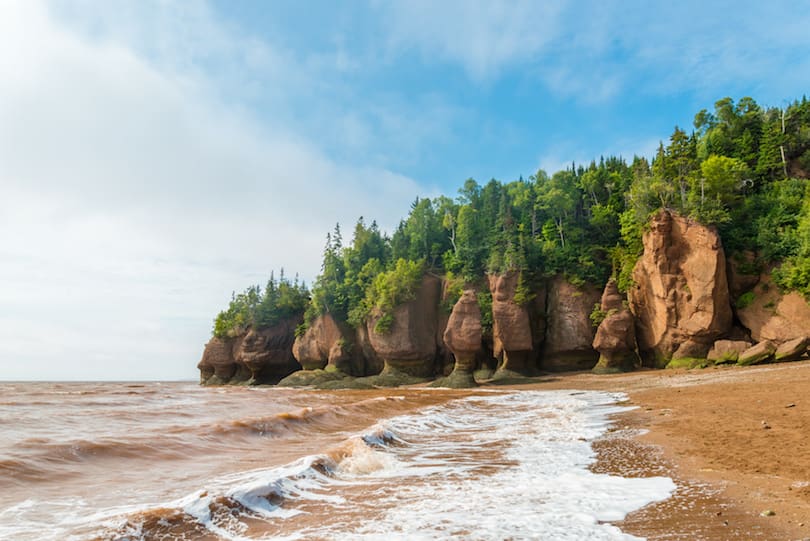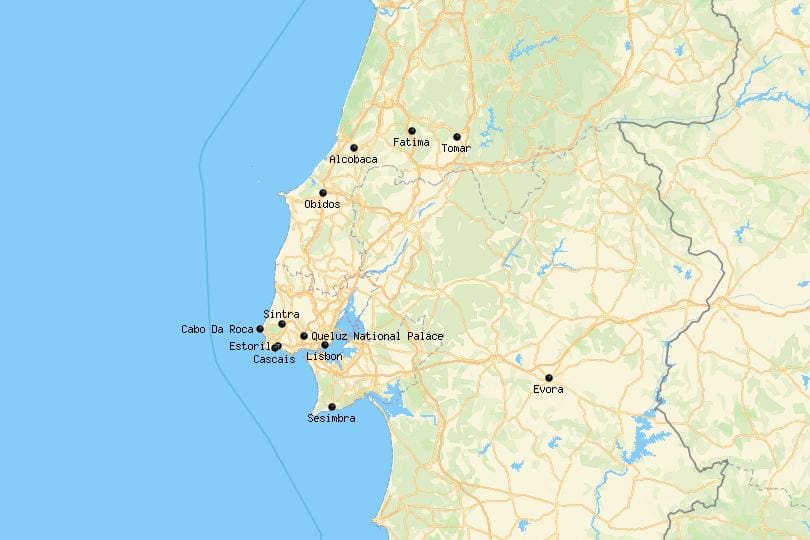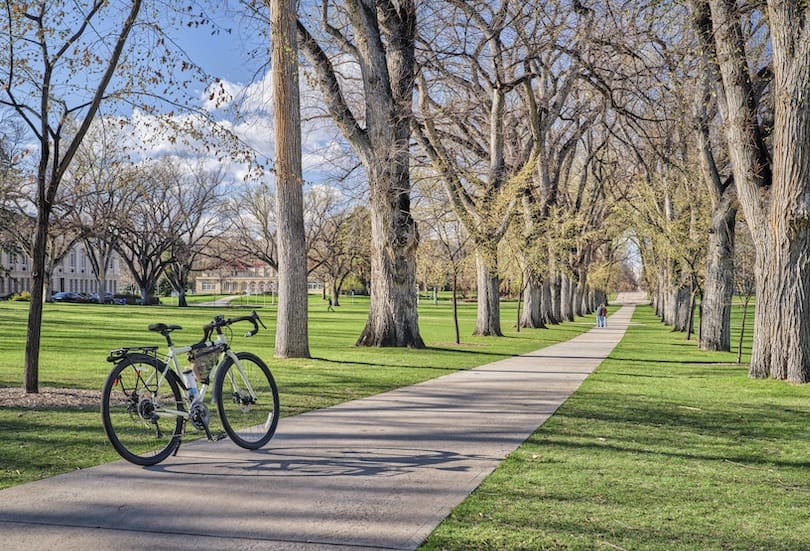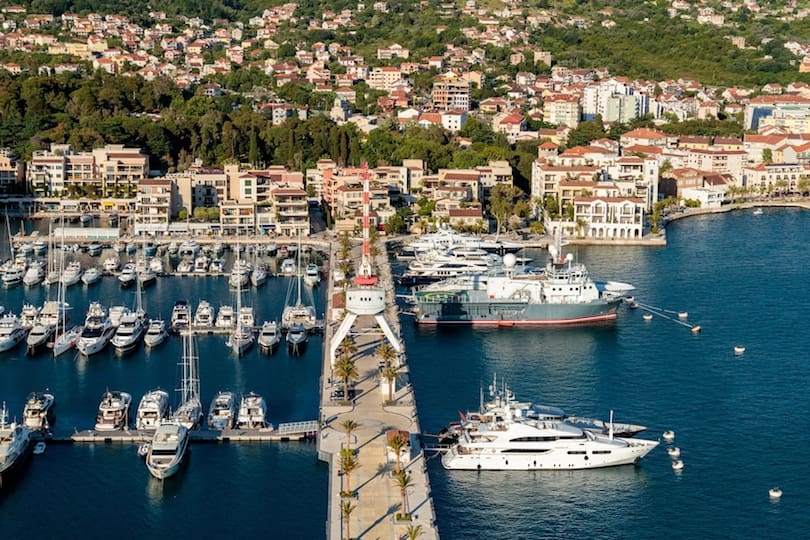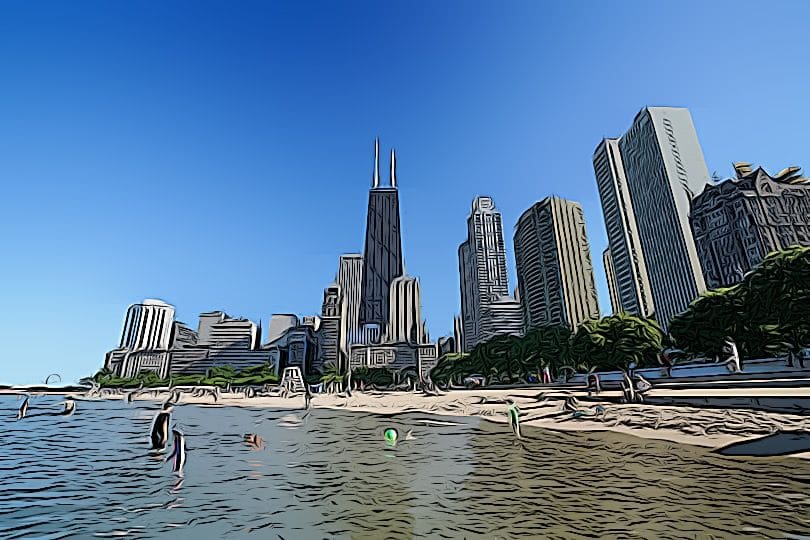Namibia is a fascinating country in southwestern Africa, offering diverse landscapes and unique attractions. From the vast deserts and sand dunes to the wildlife-filled national parks and the vibrant city life, there’s something for everyone in Namibia. In this article, we’ll explore the 16 top attractions and things to do in Namibia, so you can plan your next adventure in this beautiful country.
Etosha National Park
Etosha National Park is one of Namibia’s top attractions and a must-visit for wildlife lovers. The park is home to a variety of wildlife, including elephants, lions, giraffes, zebras, and many more. The best time to visit Etosha is during the dry season, from May to September, when the animals gather around the watering holes. The park also offers excellent game drives and guided tours.
Sossusvlei
Sossusvlei is a breathtaking landscape of sand dunes, salt pans, and red rock formations in the Namib Desert. The dunes here are some of the tallest in the world, reaching up to 300 meters high. The best time to visit Sossusvlei is during sunrise or sunset when the colors of the dunes are at their most spectacular.
Fish River Canyon
Fish River Canyon is one of the largest canyons in the world, measuring up to 160 kilometers in length and up to 550 meters in depth. The canyon offers stunning views and is a popular hiking destination, although it’s only open during the winter months, from May to September.
Skeleton Coast
The Skeleton Coast is a rugged and desolate stretch of coastline in Namibia, known for its shipwrecks and bone-dry landscapes. The coast is also home to a variety of wildlife, including seals, dolphins, and whales, as well as desert-adapted elephants and lions.
Damaraland
Damaraland is a region of stark and beautiful landscapes, characterized by towering rock formations and ancient petroglyphs. The area is also home to a variety of wildlife, including desert-adapted elephants, black rhinos, and lions.
Twyfelfontein
Twyfelfontein is a UNESCO World Heritage Site in Damaraland, known for its ancient rock art and engravings. The site offers guided tours and is a fascinating insight into Namibia’s rich cultural heritage.
Kaokoland
Kaokoland is a remote and isolated region in northern Namibia, home to the Himba people and a variety of wildlife, including elephants, giraffes, and lions. The area is popular for its rugged landscapes and authentic cultural experiences.
Caprivi Strip
The Caprivi Strip is a narrow corridor of land in northeastern Namibia, bordered by Angola, Zambia, and Botswana. The area is home to a variety of wildlife, including elephants, lions, and crocodiles, as well as the beautiful Okavango River.
Swakopmund
Swakopmund is a coastal city in Namibia, known for its German colonial architecture and seaside charm. The city offers a variety of activities, including sandboarding, skydiving, and dolphin and seal cruises.
Windhoek
Windhoek is the capital and largest city in Namibia, offering a mix of modern amenities and traditional African culture. The city has a vibrant nightlife, excellent restaurants, and a variety of cultural attractions, including the Namibia National Museum and the Heroes’ Acre monument.
Luderitz
Luderitz is a charming coastal town in Namibia, known for its colonial architecture and historical attractions. The town offers a variety of activities, including hiking, birdwatching, and exploring the nearby ghost town of Kolmanskop.
Kolmanskop
Kolmanskop is a ghost town located near Luderitz, which was once a thriving diamond mining town in the early 1900s. The town is now abandoned and slowly being swallowed up by the surrounding sand dunes, offering a fascinating glimpse into Namibia’s diamond mining history.
The Himba People
The Himba people are an indigenous ethnic group in northern Namibia, known for their distinctive red ochre body paint and intricate hairstyles. Visitors can experience the Himba culture through guided tours and homestays, learning about their traditional way of life and customs.
The San People
The San people, also known as the Bushmen, are an indigenous group of hunter-gatherers in Namibia. The San have a rich cultural heritage, including their unique click language and traditional knowledge of the land. Visitors can learn about the San culture through guided tours and cultural experiences.
Conclusion
Namibia is a truly unique and fascinating country, offering a diverse range of landscapes and cultural experiences. From the wildlife-filled national parks and rugged coastlines to the ancient rock art and traditional indigenous cultures, there’s something for everyone in Namibia. By visiting these 16 top attractions and things to do in Namibia, you can experience the best of what this incredible country has to offer.
FAQs
- What is the best time to visit Namibia?
- The best time to visit Namibia is during the dry season, from May to September, when the weather is mild, and the wildlife congregates around the watering holes.
- Do I need a visa to visit Namibia?
- Citizens from many countries, including the US, Canada, and most European countries, do not require a visa for tourist visits of up to 90 days. Check with your local embassy for specific requirements.
- Is Namibia a safe country to visit?
- Namibia is generally a safe country to visit, but like any destination, it’s important to take precautions and be aware of your surroundings, especially in urban areas.
- What is the currency in Namibia?
- The currency in Namibia is the Namibian dollar, although South African rand is also widely accepted.
- Can I drive in Namibia with a foreign driver’s license?
- Yes, you can drive in Namibia with a foreign driver’s license, as long as it’s in English or has an English translation.





